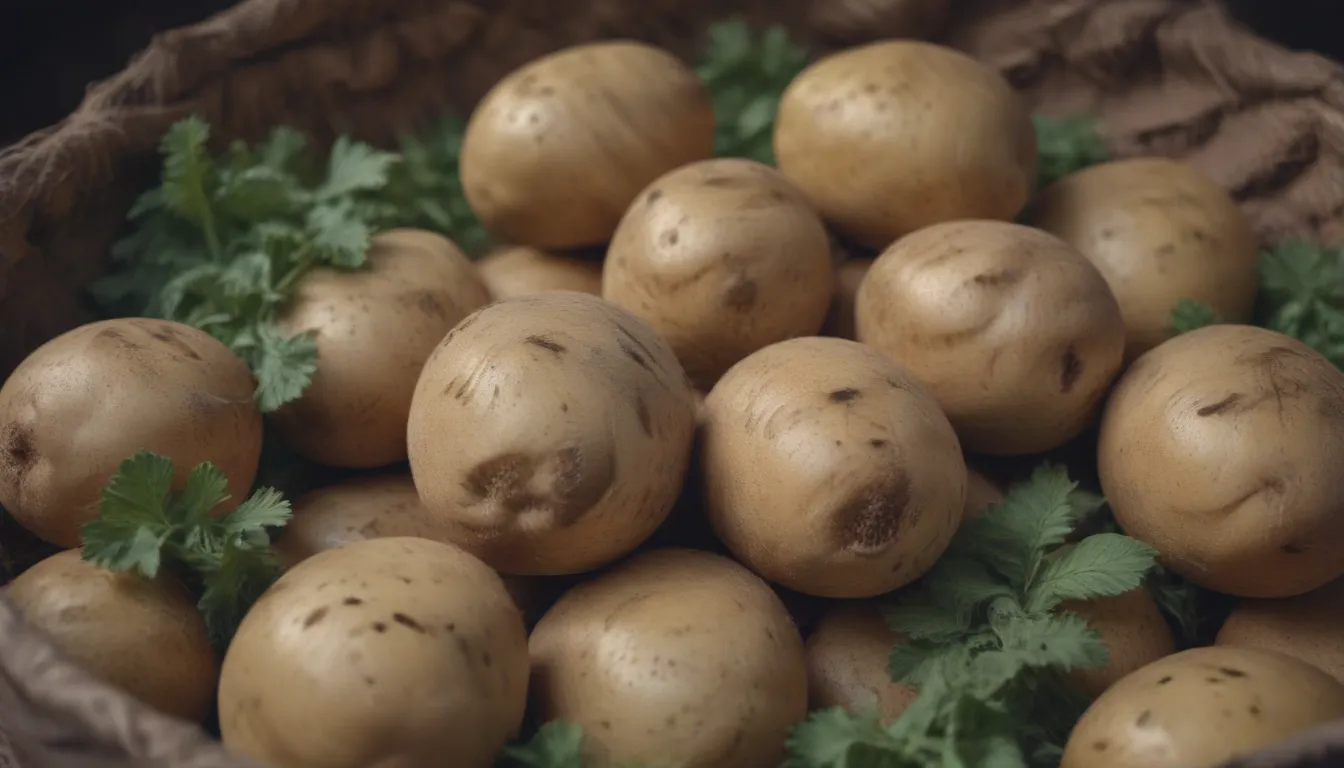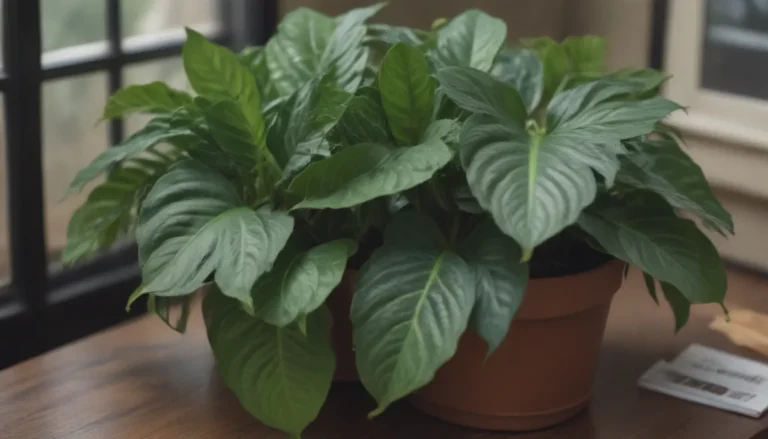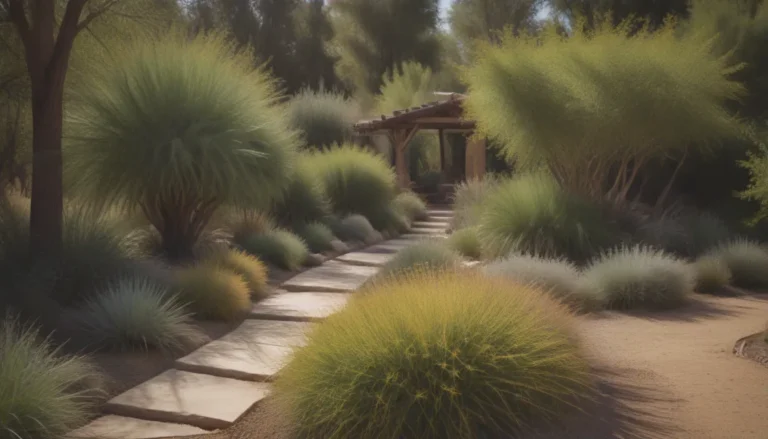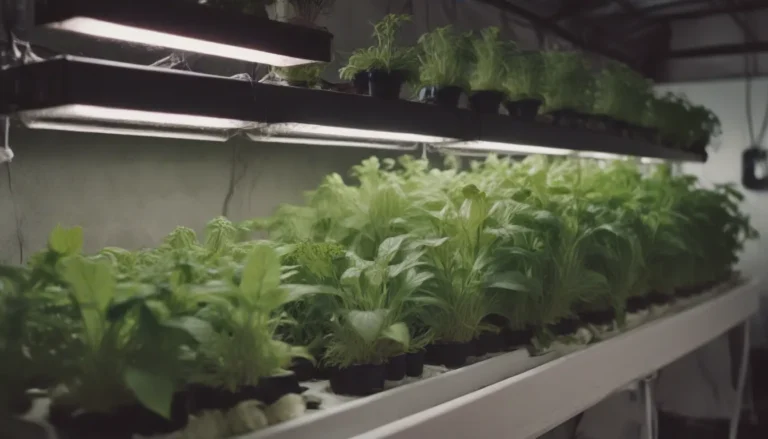Everything You Need to Know About Growing Potatoes

Potatoes are a staple in many diets around the world, and there’s something special about harvesting your own homegrown spuds. Whether you’re a seasoned gardener or a beginner looking to try your hand at growing potatoes, this comprehensive guide will walk you through everything you need to know to successfully cultivate your own potato crop. From planting to harvesting, we’ve got you covered with valuable tips and information to ensure a bountiful harvest of delicious potatoes.
Getting Started: Planting Potatoes
When it comes to growing potatoes, it all starts with planting the right seed potatoes. Unlike other plants that grow from seeds, potatoes are grown from seed potatoes, which are essentially full-size potatoes that have been bred for the purpose of producing more potatoes. There are over 100 varieties of seed potatoes available, each with its own unique flavor profile and characteristics. From classic russets to colorful heirloom varieties, the options are endless.
How to Plant Potatoes
- Choose the right time: Cold-climate gardeners should plant potatoes in mid to late spring, while those in warmer climates will have better luck planting in late summer or late winter to avoid the hottest months.
- Planting method: Plant seed potato pieces with the cut-side down (eyes facing up) in a hole or trench that’s 6 inches deep. Leave 12 inches of space around each potato on all sides.
- Fertilize: Sprinkle 2 tablespoons of a low-nitrogen, high-phosphorous fertilizer between each segment before covering with soil and watering well.
Two Methods for Planting Potatoes
Trench method:
– Involves adding soil around the stem as it grows upward.
– Requires hilling soil around the growing plants to prevent sun exposure.
Scatter method:
– A simpler method that involves scattering seed potatoes in a designated area.
Caring for Your Potato Plants
Light
- Plant potatoes in full sun to encourage lush top growth, which supports tuber development.
- Potatoes can handle part shade but thrive in at least six to eight hours of sunlight per day.
Soil
- Grow potatoes in soil with an acidic pH between 5.0 and 6.0.
- Avoid overly rich soil, and ensure good drainage to prevent issues like scab.
Water
- Provide a steady supply of water, aiming for at least one inch per week.
- Mulch around the plants to retain moisture and protect against drought conditions.
Temperature and Humidity
- Plant potatoes once the soil temperature reaches at least 45 degrees Fahrenheit.
- Optimal soil temperature for tuber growth is 60 to 70 degrees Fahrenheit.
- Mulch can help regulate soil temperature in hot climates.
Fertilizer
- Use an organic, slow-release fertilizer at planting.
- Provide additional feedings with diluted liquid fertilizer every couple of weeks.
Exploring Potato Varieties
With over 100 varieties of potatoes available, it’s worth exploring different options to find the perfect fit for your garden. Here are some popular choices across early, mid, and late-season varieties:
Early-season Varieties
- Irish Cobbler
- Norland
- Mountain Rose
Mid-season Varieties
- Red Pontiac
- Viking
- Chieftan
- Yukon Gold
Late Varieties
- Katahdin
- Kennebec
- Elba
If you’re feeling adventurous, consider trying unique varieties like French Fingerling or All Blue for a different potato-growing experience.
Propagating and Harvesting Potatoes
Propagating Potatoes
- Seed potatoes can be planted whole or cut into pieces with eyes.
- Allow cut pieces to callus over or dust with fungicide to prevent rotting.
Harvesting
- New potatoes can be harvested once the plant reaches about one foot in height.
- Wait for the plant to flower before harvesting mature potatoes.
- Carefully dig around the plant to unearth the delicious spuds.
Growing Potatoes in Containers
Container gardening offers a convenient option for growing potatoes, especially for those with limited space or who want to avoid traditional hilling methods. Follow these steps for successful container-grown potatoes:
- Choose a container with drainage holes and fill it with high-quality potting soil.
- Plant your seed potatoes and keep the soil moist as the plants grow.
- Add fertilizer regularly and ensure the container receives adequate sunlight.
Container-grown potatoes may require more frequent watering and feeding compared to those grown in the ground, so be attentive to their needs.
Dealing with Pests and Diseases
Potatoes are susceptible to various pests and diseases, including beetles, aphids, wireworms, scab, and late blight. Keep a close eye on your potato plants to catch any issues early and take appropriate measures to protect your crop.
Remember, the key to a successful potato harvest is proper care and attention throughout the growing season. By following these guidelines and tips, you’ll be on your way to enjoying a bounty of flavorful homegrown potatoes in no time. Happy gardening!





